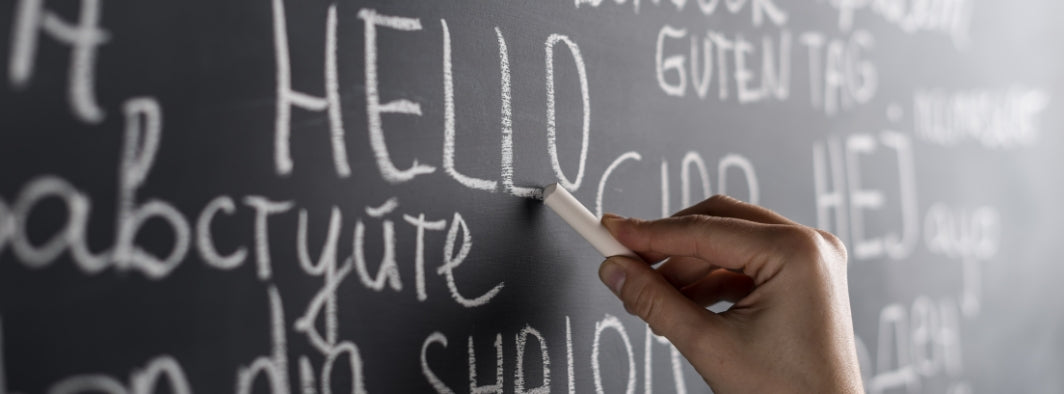Couple dancing is much more than a simple sequence of steps and movements. It is a true language, a universal form of communication that transcends cultural and linguistic barriers, and allows us to understand each other without saying a word. Just like learning a language, mastering couple dancing takes time, practice and a good understanding of the fundamental elements. In this article we will explore how couple dancing can be compared to a language, with its own rules, vocabulary, grammar and how each element of the dance contributes to creating a fluid and expressive conversation between partners.
The Base: The Foundations of Communication
Just like spoken language, couple dancing is based on common foundations that each dancer must master. In language, this includes the alphabet and grammar rules; in dance, these are the basic steps and fundamental techniques. These basic elements are essential for dancers to understand each other and communicate effectively on the dance floor.
Vocabulary: Movements and Figures
In couple dancing, each movement and figure represents a word or phrase in a dance conversation.
Basic steps are the fundamental elements of every dance, whether tango, salsa, swing or waltz. Learning these steps is equivalent to learning the basic words and phrases of a language. They form the basis for all the more complex figures and variations you can perform later.
Just as a speaker chooses their words to express specific ideas, a dancer uses movements to express emotions, tell a story, or simply connect with their partner.
Grammar: The Body in Movement
The dancers' bodies play the role of grammar in this analogy. Posture, alignment and connection techniques are the grammatical rules that structure the dance and ensure the fluidity and clarity of communication. Good posture and precise technique are essential for movements to be understandable and pleasing to the eye, just as good grammar makes speech clear and understandable.
In couple dance, learning grammar amounts to learning and acting in a more or less conscious way with the mechanics of the other's body.
How to chain the movements? What is the correct guidance? When to guide a movement? Knowing these elements allows you to create harmonious sequences and make your dance more natural and enjoyable for your partner.
Pronunciation: Rhythm and Tempo
Pronunciation in spoken language can be compared to rhythm and tempo in dance. Rhythm is the rate at which movements are performed, and tempo is the overall speed of the dance. Good mastery of rhythm allows dancers to stay in sync and add expressive nuance to their movements. As in speech, where good pronunciation makes speech fluent and intelligible, a good understanding of rhythm makes dancing harmonious and engaging. Going even further we can say that the complete use of the richness offered by rhythm and musical interpretation brings eloquence and charisma to the dance.
Expression: Emotion, intonation and style
One of the beauties of couples dancing is the opportunity for personal and emotional expression. Just as a writer uses words to express feelings and ideas, dancers use their bodies to convey emotions and create a connection with their partner and the audience. This expression, this attitude, this interpretation: this is what makes each dance unique, despite using the same basic movements.
Intonation and emotion
In any language, intonation and emotion play a key role in giving meaning and depth to words. Similarly, in couple dancing, the dancers' bodily expression and emotions add an extra dimension to their performance. A smile, a look or a subtle gesture can convey feelings and intentions that go far beyond simple technical movements.
Personal style
Each dancer develops their own style over time, just as each speaker has their own accent and way of expressing themselves. This personal style is a reflection of your personality, your experiences and your creativity. It enriches couple dancing by adding variety and making each interaction unique.
Continuous learning: Practice and immersion
The practice
Just as learning a language requires regular practice, mastering couple dancing takes time and consistent effort. Repetition of basic steps, practicing complex figures and improving the connection with the partner are essential to progress. Participating in classes, workshops and social practices helps refine your skills and build confidence.
The immersion
Immersing yourself in the dance environment, by watching performances, listening to dance music and participating in social events, is a great way to reinforce your learning. Immersion allows you to experience couple dance in its cultural and social context, thereby enriching your understanding and appreciation of this art.
Learn to dance -Learn a new language
| Learning a language | Learning to dance as a couple |
| Vocabulary | Movement and figures |
| Grammar | Body mechanics |
| Pronunciation | Pace |
| Expression | Emotion, interpretation |
Couple dance is truly a universal language. It allows individuals from different cultures and languages to connect and communicate without words. By understanding the foundations, mastering vocabulary and grammar, and practicing rhythmic pronunciation, dancers can express deep emotions and share unforgettable moments with their partners.
At My Dance, we celebrate this unique form of communication and invite you to discover our collections inspired by the beauty and expressiveness of couple dance. Dance, express yourself and let your body tell a story through every movement.


